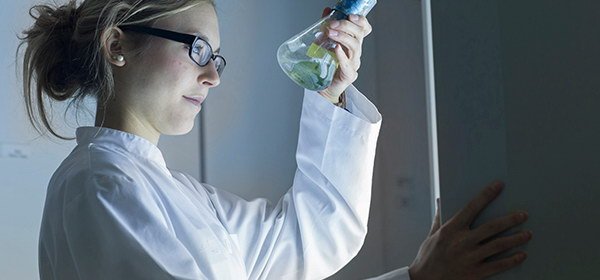Anatomy Pathology
The main objective of the Pathology Laboratory is to carry out morphological or histopathological diagnosis, based on histopathological alterations of tissues and cells, advising the physician on the correct treatment and information of the disease.
Histopathological Tests:
- Simple biopsies.
- Surgical parts.
- Intraoperative cultures.
Immunohistochemistry Tests.
Employing a broad panel of antibodies, using DAKO EnVision Detection Kit and fully automated apparatus (Autostainer).
Cytology Tests:
- Gynaecologic cytology.
- Cytology of body fluids.
- Cytology of superficial and deep organs with FNA (Fine Needle Aspiration).
Molecular Pathology Tests:
- Detection and identification of HPV virus using low density Micro-Arrays technique: through this technique, we are able to screen the presence of 35 most relevant oncogenic strains of the virus (according to Dunna et al. 2007). It is worth mentioning the importance of this test regardless of the Pap Test.
- FISH (Fluorescence In Situ Hybridization) in invasive forms of breast, uterus, ovary, endometrium, gastric and prostate cancer for the her2/neu gene.
- FISH in mantle cell and follicular lymphomas involving translocations of bcl-2 or igh gene.
- FISH in spermatozoids for the study of disomies in sex chromosomes. FISH tests in spermatozoids are usually indicated in severe male factors with the aim of obtaining direct information on the incidence and the production of chromosomally abnormal gametes before the use of assisted reproduction techniques, especially in ICSI candidates.
- PCR (Polimerase Chain Reaction) in rearrangements of igh gene in B cells and tcr-gamma and tcr-beta genes in T-cells.
Hospital Quirónsalud Valencia
Avda. Blasco Ibáñez, 14
46010 Valencia Valencia
© 2024 Quirónsalud - All rights reserved
























